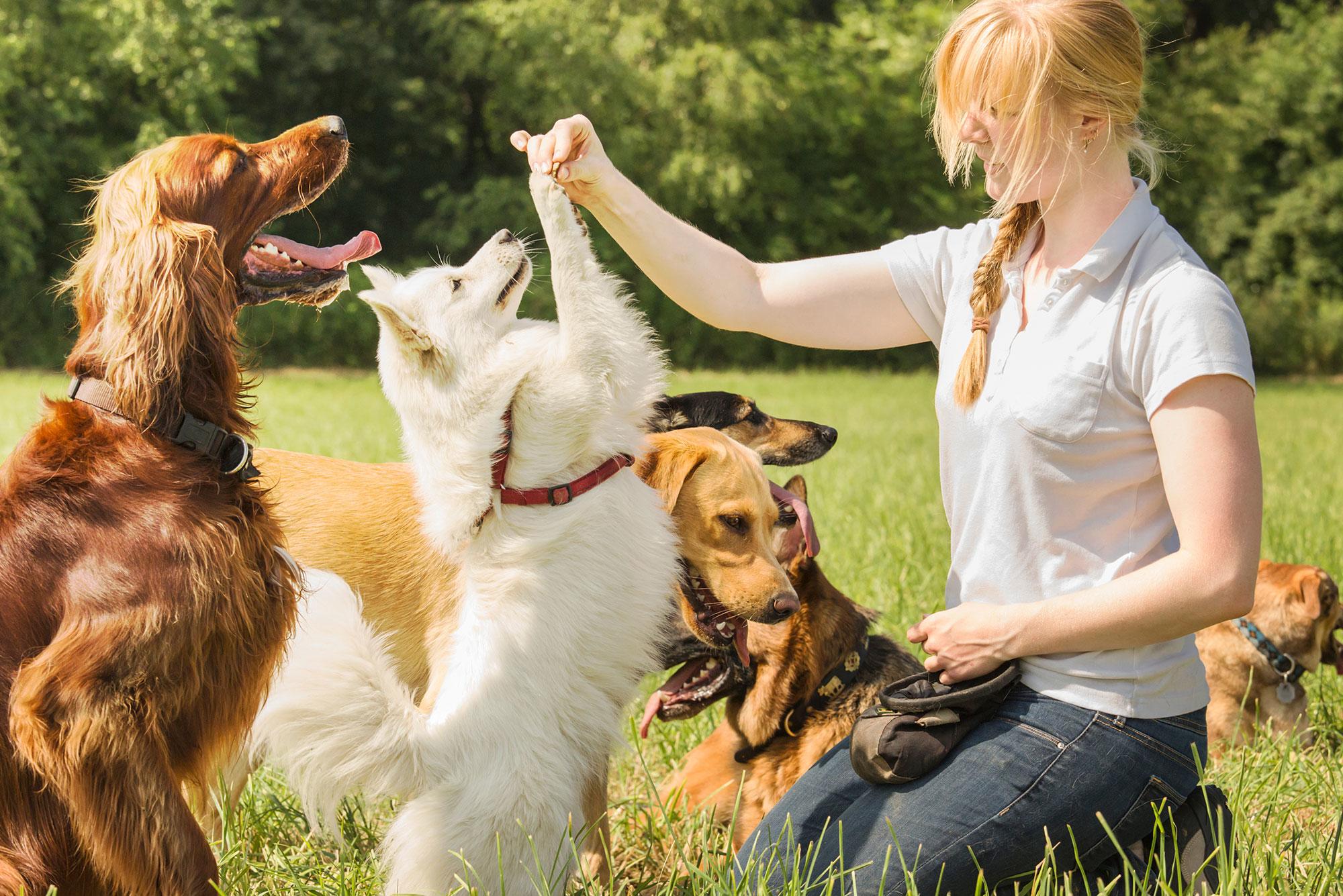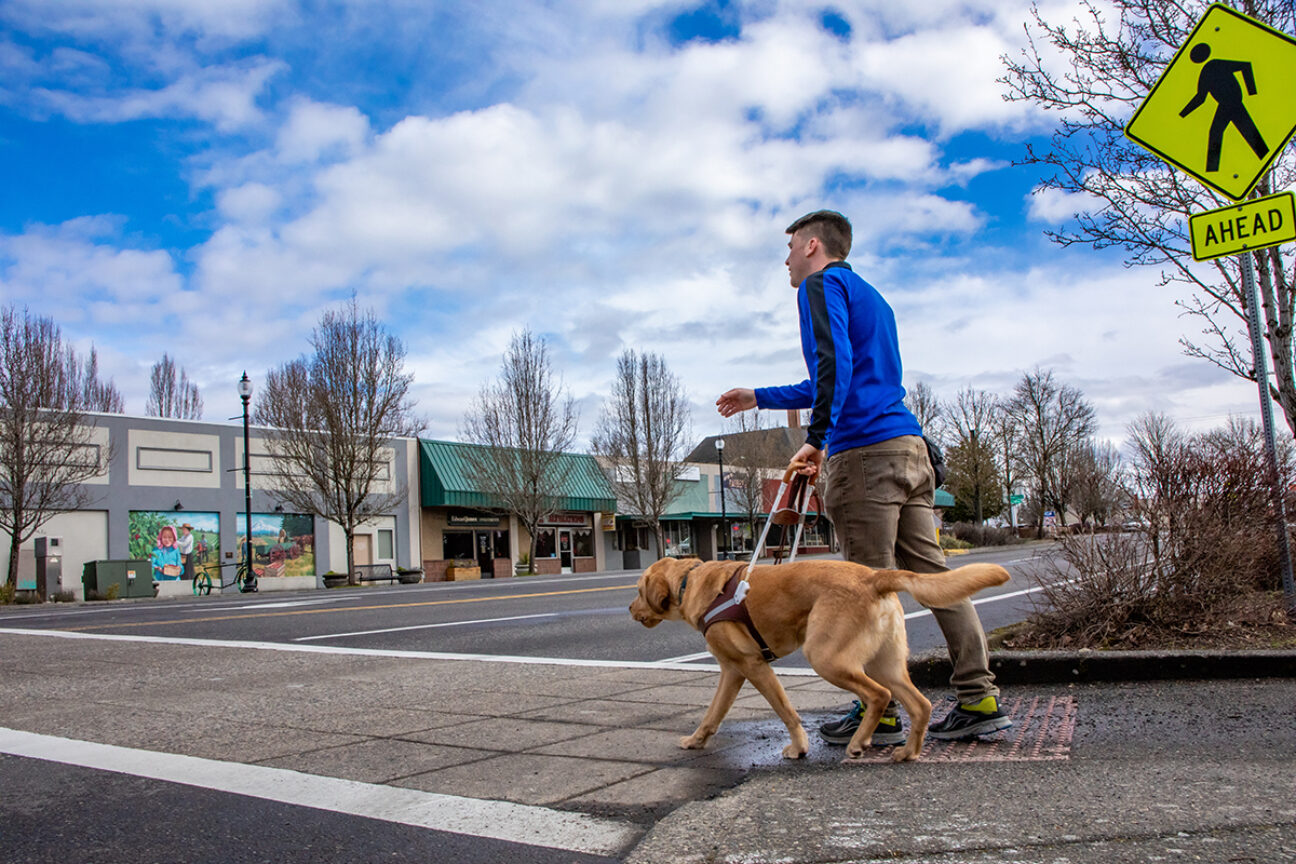Dog Training Techniques to Help Manage Aggressive Behavior in Dogs
Newbie's Guide to Successful Pet Training at Home
Successfully educating a dog in your home requires a nuanced understanding of canine behavior and effective interaction approaches. Developing clear training objectives, making use of high-quality incentives, and preserving consistency across relative are important elements. Incorporating training into day-to-day routines can boost both interaction and retention. Nonetheless, many beginner trainers come across difficulties that might prevent progress. To navigate these complexities properly, it's necessary to explore several key elements that can change your method and cause a harmonious connection with your pet dog. What fundamental principles should every newbie grasp to guarantee success?
Recognizing Dog Behavior
Recognizing pet behavior is necessary for efficient training and promoting a harmonious connection in between people and their canine buddies. Canines connect mainly through body language, vocalizations, and facial expressions, making it vital for owners to interpret these signals accurately. Recognizing behaviors such as tail wagging, grumbling, or trembling can supply understandings into a pet's mood and purposes.

Typical behavioral problems, such as aggressiveness, anxiety, or extreme barking, frequently originate from misunderstandings or unmet requirements. Observing and attending to these problems immediately can avoid escalation and ensure a favorable training experience. By cultivating a deep understanding of dog habits, proprietors can customize their training methods to suit their canine buddies, eventually bring about a well-behaved and satisfied pet.
Crucial Educating Devices
A well-equipped training area can considerably boost the performance of dog training at home. Essential training tools make sure that both the canine and the fitness instructor can participate in effective sessions that cultivate knowing and bonding.

Investing in a strong leash and a comfy, well-fitting collar or harness is crucial for safety and control. These devices assist establish borders and make sure the pet dog stays protected throughout training. Furthermore, a marked training location, without interruptions, help concentration for both the dog and the instructor.
Educating help such as training pads, cones, or dexterity tools can also enhance the experience by presenting range and challenges. Finally, having a note pad or digital application for tracking development can be important, permitting you to keep in mind successes and areas for improvement. Utilizing these essential tools will certainly develop a favorable training atmosphere and lay the structure for reliable learning.
Creating a Training Routine
Developing a regular training routine is crucial for reliable dog training in the house. A well-structured regular not just aids in strengthening wanted behaviors yet likewise gives your pet with a complacency and predictability. To develop an effective training routine, begin by identifying particular training objectives, such as standard commands, chain strolling, or housebreaking.
Select an assigned time daily for training sessions, preferably when your pet dog is sharp and receptive. Procedure needs to be brief, approximately 5 to 15 minutes, to maintain emphasis and protect against fatigue. Consistency in timing and environment will Resources improve your canine's learning experience.
Incorporate training right into day-to-day tasks to enhance abilities. Technique commands during walks or nourishment, which incorporates discovering right into all-natural routines. Furthermore, remain flexible and adjust the regular as needed, fitting your canine's energy levels and state of mind.
Favorable Reinforcement Techniques
Positive support methods are fundamental to reliable pet dog training, promoting desired actions with rewards instead than penalty. This method makes use of positive stimuli, such as deals with, appreciation, or playtime, to motivate pet dogs to repeat details actions. The cornerstone of this approach is timing; incentives must be given right away following the desired habits to create a clear association.
When implementing favorable reinforcement, it is necessary to pick benefits that are encouraging for your canine. High-value deals with, such as little items of chicken or cheese, can be particularly efficient during imp source training sessions. Additionally, varying the benefits can maintain your dog's rate of interest and interest.
Begin with straightforward commands, like "sit" or "remain," and slowly progression to more complicated tasks. Uniformity is key; make sure that all member of the family use the same commands and benefit systems to stay clear of confusion.
Furthermore, it is essential to stay person and prevent stress. Canines, like human beings, find out at their own speed. By promoting a supportive training atmosphere with positive support, you can enhance your canine's learning experience while reinforcing the bond in between you and your furry buddy, laying the foundation for effective training results.
Typical Educating Challenges
While training a pet at home can be a fulfilling experience, it often includes a collection of common challenges that can evaluate both patience and uniformity. One common concern is distraction. Dogs may become quickly sidetracked by noises, motions, and even fragrances in their setting, making it hard to keep their emphasis during training sessions.
An additional obstacle is incongruity in commands and support. If relative make use of various hints or benefits, it can prevent and perplex the pet dog progress. Establishing a unified strategy is essential for reliable communication.
Furthermore, dogs can experience frustration or tension, specifically if they do not comprehend what is expected of them. This can lead to unwanted actions, such as barking or eating.
Finally, the timing of reinforcement is critical (Dog training). Delayed rewards can reduce the efficiency of positive reinforcement, as dogs might fail to connect the actions with the benefit
Overcoming these challenges requires dedication, clear interaction, and an organized training plan. Identifying and attending to these common challenges will lead the method for an extra successful and satisfying training experience in your home.
Conclusion
To conclude, effective canine training in the house necessitates a detailed understanding of canine habits and reliable communication strategies. By developing clear training goals and making use of top notch treats together with favorable support, the training process comes to be more satisfying for both the fitness instructor and the pet. Patience, uniformity, and flexibility are necessary elements that assist in discovering. Inevitably, integrating training into daily routines improves the bond between pet and proprietor, making the experience both pleasurable and efficient.
Developing a regular training regimen is vital for efficient pet dog visit here training at home.Favorable support techniques are fundamental to effective canine training, promoting wanted actions with incentives instead than penalty (Dog training). By promoting a supportive training environment via favorable reinforcement, you can enhance your dog's understanding experience while strengthening the bond between you and your furry friend, laying the foundation for effective training end results
In final thought, successful pet training at home requires an extensive understanding of canine habits and effective interaction techniques. By developing clear training objectives and using top quality deals with alongside favorable support, the training procedure comes to be much more rewarding for both the canine and the trainer.